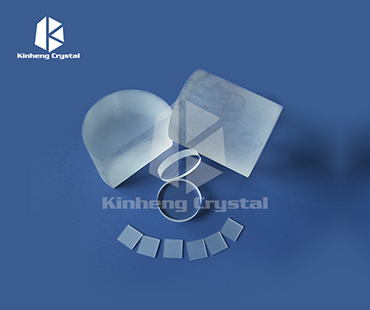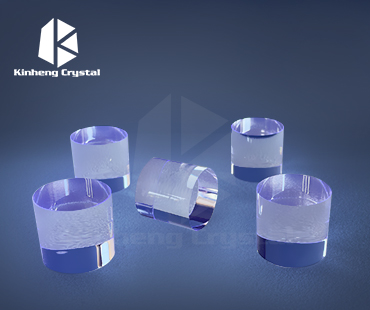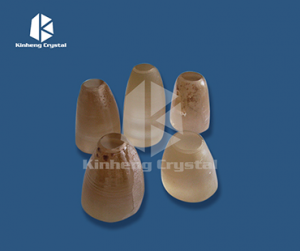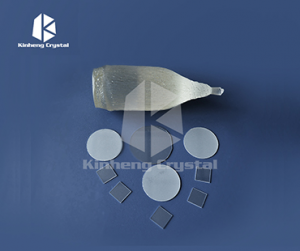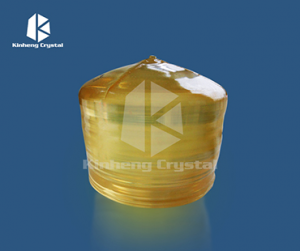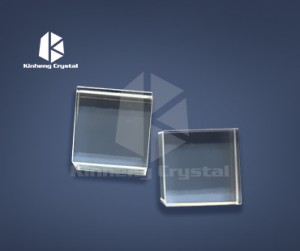CaF2(Eu) Scintillator, CaF2(Eu)crystal, CaF2(Eu)scintillation crystal
Advantage
● Good mechanic property.
● Chemically inert.
● Inherent low background radiation.
● Relatively easily machinable various bespoke structural modeling.
● Robust to thermal and mechanical shock.
Application
● Gamma ray detection
● β-particles detection
Properties
| Density(g/cm3) |
3.18 |
| Crystal System |
Cubic |
| Atomic Number (Effective) |
16.5 |
| Melting Point (K) |
1691 |
| Thermal Expansion Coefficient (C-1) |
19.5 x 10-6 |
| Cleavage Plane |
<111> |
| Hardness (Mho) |
4 |
| Hygroscopic |
No |
| Wavelength of Emission Max. (nm) |
435 |
| Refractive Index @ Emission Max |
1.47 |
| Primary Decay Time (ns) |
940 |
| Light Yield (photons/keV) |
19 |
Product Description
CaF2:Eu is a scintillator crystal that emits light when it is exposed to high-energy radiation. The crystals consist of calcium fluoride with a cubic crystal structure and europium ions substituted in the lattice structure. The addition of europium improves the crystal's scintillation properties, making it more efficient at converting radiation into light. CaF2:Eu has a high density and high atomic number, which makes it an ideal material for gamma-ray detection and analysis. Additionally, it has good energy resolution, meaning it can distinguish between different types of radiation based on their energy levels. CaF2:Eu is widely used in medical imaging, nuclear physics and other applications requiring high performance radiation detection.
CaF2:Eu scintillator crystals - issues to be aware of: Due to its low density and low Z, it has a low light yield when interacting with high energy gamma-rays. It has a sharp absorption band at 400nm which partly overlaps the scintillation emission band
Performance Testing
[1] Emission spectrum: “emission_at_327nm_excitation_1” corresponds to measuring the spectrum of the fluorescence light emitted from the crystal when excited by light at 322 nm (with 1.0 nm slitwidth on the source monochromator).
The wavelength resolution of the spectrum is 0.5 nm (slitwidth of analyser).
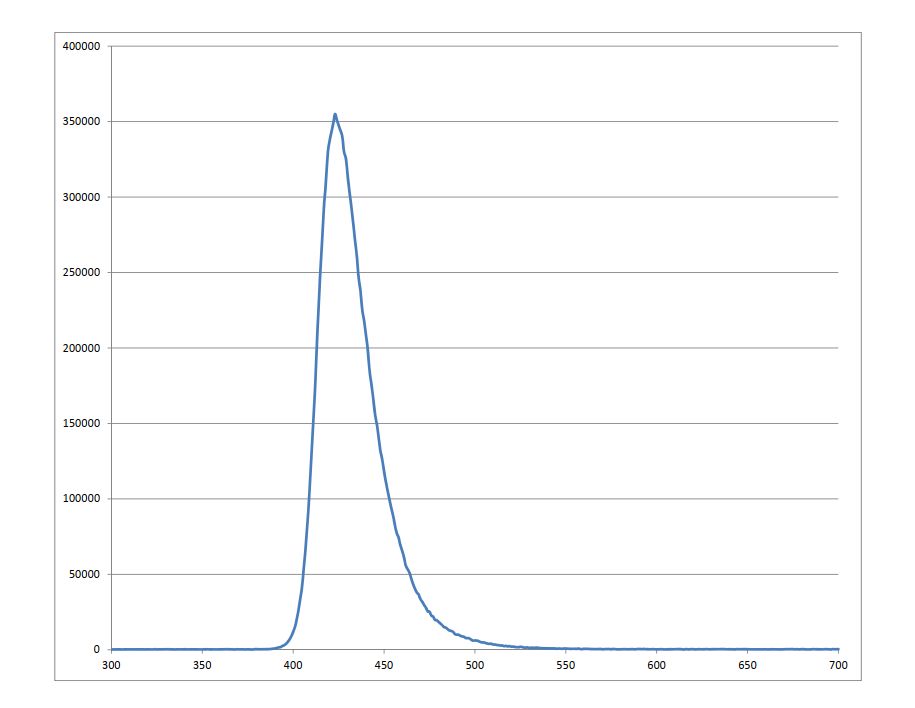
[2] Excitation spectrum: “excitation_at_424nm_emission_1_mo1” corresponds to measuring the fluorescence emitted at a fixed wavelength of 424 nm (0.5 nm slitwidth on analyser) whilst scanning the wavelength of the excitation light (0.5 nm slitwidth on monochromator).
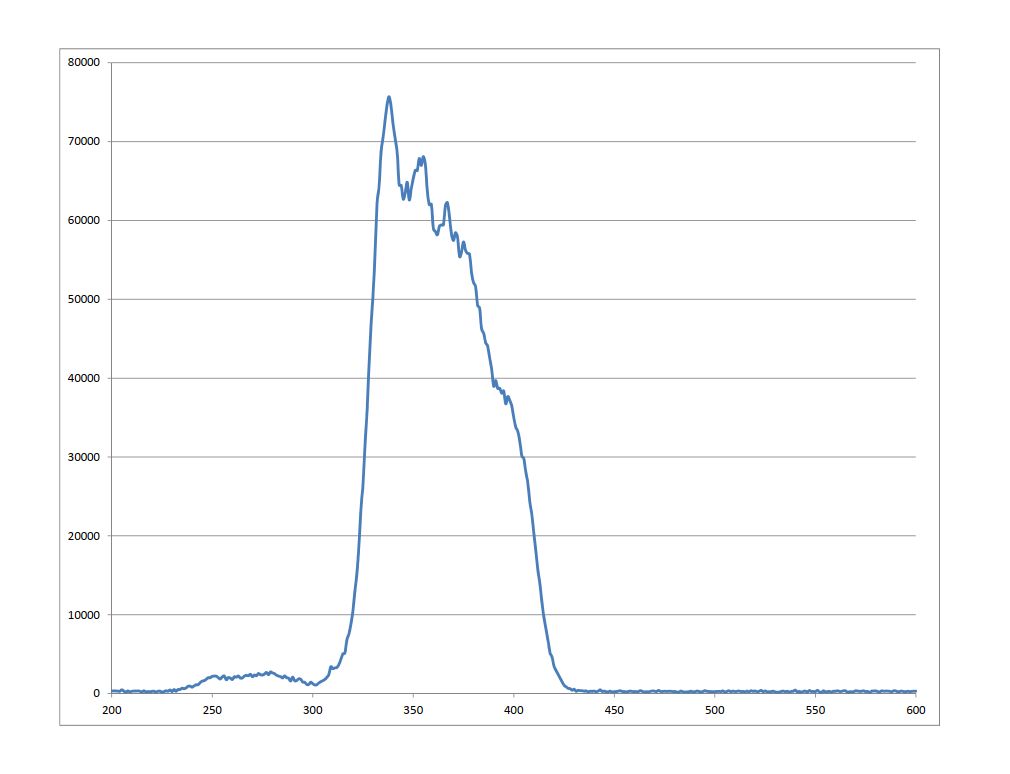
The photomultiplier (counts per seconds) was operating well below saturation so the vertical scales, though arbitrary, are linear.
Though the blue emission spectrum for Eu:CaF2 from different manufacturers is similar, we find that the excitation spectrum between 240 and 440 nm can vary significantly between different manufacturers:
each manufacturer has its own characteristic spectral signature / “fingerprint”. We suspect that the differences reflect different levels of impurities / defects / oxidation (valence) states
–due to different growth conditions and annealing of the Eu:CaF2 crystal.







